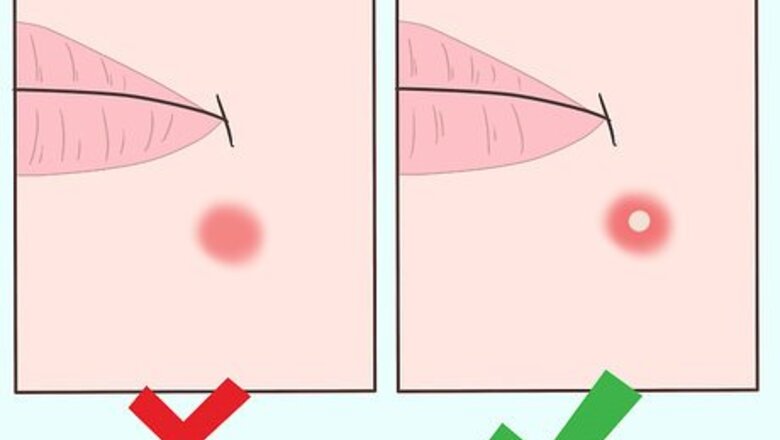
views
X
Trustworthy Source
American Academy of Dermatology
Professional organization made of over 20,000 certified dermatologists
Go to source
However, if you can't resist the temptation to just pop them, we totally get it. In this article, we’ll show you how to pop your pimple as safely as possible so that you reduce your risk of developing scars.
- Wash and exfoliate your skin before popping a whitehead.
- Disinfect a sewing needle in rubbing alcohol and prick the surface of the whitehead with the tip of your needle.
- Use a steam treatment to assist with the pimple-popping process.
- It is not recommended to pop a whitehead, and you’re much better off letting your skin heal on its own to avoid scarring or future blemishes.
Protecting Your Skin

Determine if your pimple is a whitehead. Look for a white or yellowish area at the tip of your pimple. If the base of your pimple is red, you should notice the head right away. If you don't see this white pus-filled head, don't try to pop the pimple. You could damage your skin and cause an infection. If your pimple is big and painful, give it a few days to develop a head. For a slightly quicker fix, apply warm compresses for about 10 minutes. Repeat a few times a day. For more information on determining whether you can pop a pimple, see the wikiHow article How to Pop a Pimple.
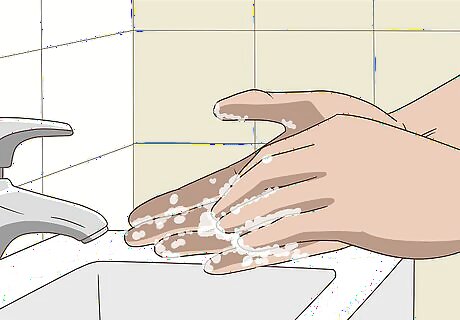
Wash your hands with soap and warm water. Work up a good lather and rub your hands together long enough to sing the “Happy Birthday” song. Pay special attention to your fingertips, which will be in contact with the whitehead. If you can, scrub under your fingernails, too.
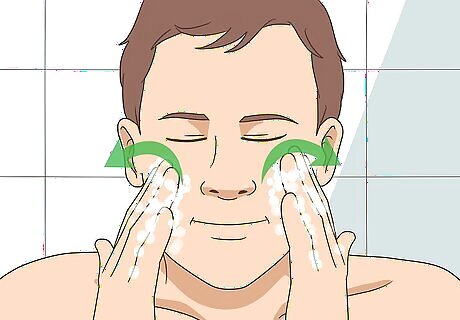
Wash and disinfect your face. Use warm water and a gentle facial cleanser to wash your face, using your fingertips in the process. Then, rinse off the cleanser with lukewarm water and blot most of your face dry. Avoid scrubbing your pimple or otherwise rubbing too hard. You could end up irritating your skin in the process. If you choose to use special skincare products, opt for items labeled as “alcohol-free.” Steer clear of products like toners or astringents, which can be harsh on your skin.
Popping the Whitehead with a Sewing Needle
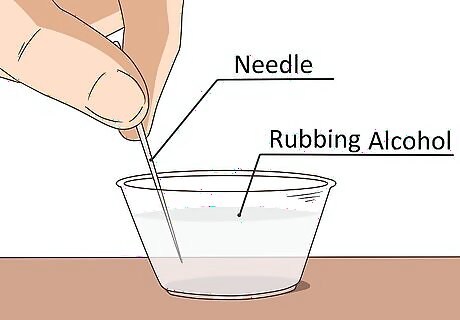
Disinfect a sewing needle. Be aware that popping a whitehead with a sewing needle is not recommended by dermatologists or members of the medical community, so this is something to try at your own risk. If you want to do this, then use a regular needle from a typical sewing kit. It'll be sharp enough to get the job done and minimize the risk of scarring. Soak the tip of the needle in rubbing alcohol.

Prick the surface of the whitehead. Insert the needle vertically, creating a tiny opening for the pimple material to escape from. Remove the needle as soon as you see pus oozing from the whitehead.

Squeeze the whitehead gently. Place each of your index fingers at the base of the white area, or use two clean cotton swabs. Squeeze in a down-and-in motion, like you’re forming the shape of a “V.” Be gentle to avoid damaging healthy skin. Continue until all the pus has drained.
Clearing Blemishes with Steam
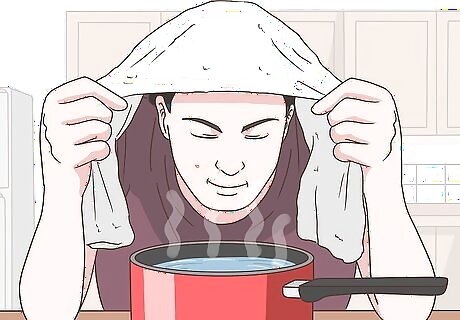
Steam your skin. Fill a saucepan about halfway full with water. Bring the water to a boil and then pour it into a bowl, letting it cool down for a few minutes first. Place a body towel over your head and hold it out with your hands to make it form somewhat of a tent. Lower your face toward the bowl enough to feel the steam. Allow the steam to hit your face for 10 minutes or less. While steaming isn’t a medically-proven way to get rid of whiteheads, it is proven to help with blackheads (as well as the formation of acne in general).
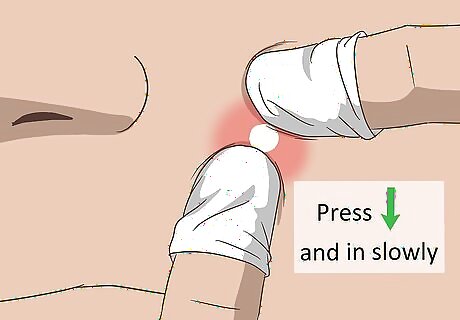
Squeeze out the pus. Place each of your index fingers on either side of the whitehead, or arrange two clean cotton swabs next to the blemish. Press down and in very slowly to avoid damaging your skin. Wipe away the pus that comes out. Continue to squeeze until the pus is completely drained. Blood and/or clear liquid is a cue to stop, regardless of whether or not you can drain all the pus.
Limit your steam sessions to 2-3 times a week. If your skin isn’t especially sensitive and you’d like to try multiple steam treatments, do up to 3 each week before taking a break. If your skin is on the sensitive side, perform weekly steam treatments instead. Oily skin can typically handle multiple steam sessions per week, while thinner and drier skin may only handle one.
Treating the Affected Area

Stop any bleeding, if necessary. The popped whitehead might bleed after you drain all the pus. If that happens, create gentle pressure with a tissue until the bleeding stops.
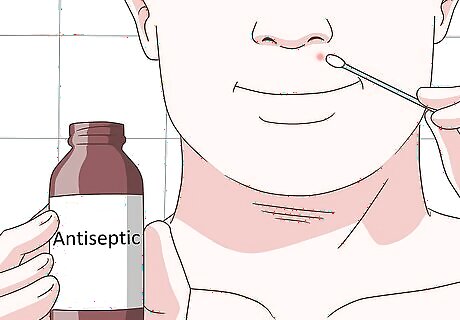
Apply rubbing alcohol to the pimple. Use a little bit of alcohol to disinfect the site of popped pimple, which stops the bacteria from getting to other parts of your skin.

Use topical medication. Purchase acne medicine with benzoyl peroxide or another over-the-counter medication with ingredients like adapalene, azelaic acid, benzoyl peroxide, or salicylic acid. Then, follow the treatment instructions on the packaging.
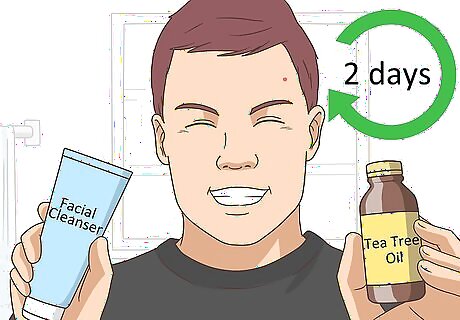
Continue to treat the pimple. Over the next day or two, keep applying topical medication and washing your face as usual. Keep in mind that acne products typically take 6-8 weeks to yield results. Don’t be disappointed if you don’t notice progress right away, and don’t immediately switch to something new. If you wear makeup, avoid applying any to the affected area until the pimple has completely cleared up.
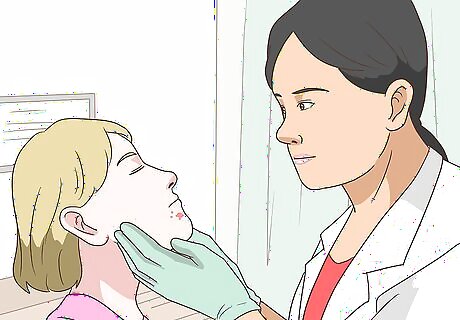
Visit your doctor or dermatologist, if necessary. Do this if your at-home treatments don’t seem to work (even after weeks of waiting). A dermatologist can help come up with a treatment plan that’ll work for you and your skin.




















Comments
0 comment